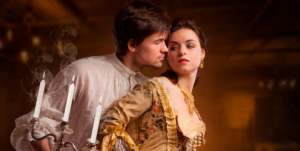Contrary to popular belief, medieval attitudes towards sex were often far from puritanical. Surviving sources, largely influenced by the Catholic Church, give a skewed impression of the era. In reality, medieval people had a more relaxed approach to obscenity and sex. Exploring historical sites like York, we discover a world of pleasure that thrived during that time. Streets like Grapelane reveal the open and regulated nature of sex work, a profession acknowledged and openly practiced. Women involved in this trade, known as “lawn dresses,” had specific dress codes to differentiate themselves.
Sex was not limited to commercial transactions; regular flirtations and courtly love were part of everyday life. Surprisingly, even the clergy, known for their piety, engaged in extramarital affairs and operated brothels. Privacy was rare in the Middle Ages, and public displays of sexuality were not uncommon. Dormitories, shared by many, became spaces for intimate encounters. The medieval period challenges our preconceptions, reminding us that our ancestors were not so different from us in their pursuit of pleasure. Despite societal regulations and religious influences, sex was a prevalent and integral aspect of their lives.
Anglican leader says opening of Lord’s Prayer is “problematic” for some…
Source: Ancient Origins
Ask me anything
Explore related questions





